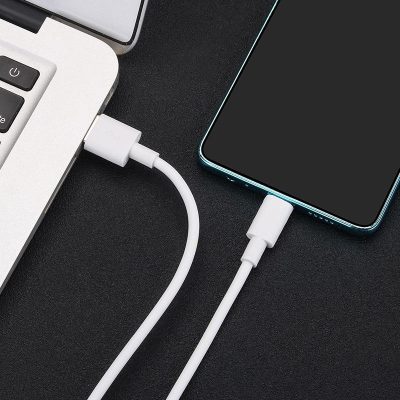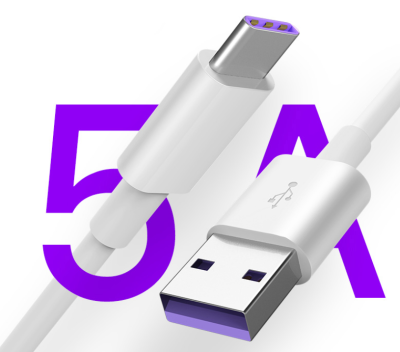USB C to A cables offer numerous benefits that make them a valuable addition to any tech setup. Here’s a detailed look at the advantages of using USB C to A cables:
1. Universal Compatibility
- Backward Compatibility: These cables allow new USB C devices to connect to older USB A ports, ensuring compatibility across different generations of devices.
- Device Versatility: They can connect a wide range of devices, including smartphones, tablets, laptops, external hard drives, and peripherals like printers and keyboards.
2. Enhanced Data Transfer Speeds
- Faster Transfers: Many USB C to A cables support USB 3.0 or USB 3.1 standards, offering data transfer speeds of up to 5 Gbps and 10 Gbps respectively, significantly faster than the 480 Mbps of USB 2.0.
- Efficient Workflow: Faster data transfer speeds mean quicker file transfers, enhancing productivity, especially for tasks involving large files like video editing and backups.
3. Improved Charging Capabilities
- Power Delivery: USB C to A cables can support higher power delivery, enabling fast charging for smartphones, tablets, and even some laptops. Look for cables that support USB PD for optimal charging performance.
- Universal Charging: They can be used to charge a variety of devices, reducing the need for multiple chargers and cables.
4. Reversible Connector
- Ease of Use: The USB C connector is reversible, which means you can plug it in either way. This eliminates the frustration of aligning the connector correctly, making everyday use more convenient.
5. Durability and Build Quality
- Robust Construction: High-quality USB C to A cables are often made with durable materials like braided nylon and reinforced connectors, enhancing their longevity and resistance to wear and tear.
- Reduced Wear and Tear: Better build quality ensures reliable performance over time, reducing the need for frequent replacements.
6. Future-Proofing
- Adoption of USB C: As USB C becomes the standard for new devices, having USB C to A cables ensures compatibility with both current and future tech. This future-proofs your accessories, reducing the need for new cables as you upgrade devices.
7. Cost-Effective Solution
- Affordable Compatibility: Investing in USB C to A cables allows you to continue using existing USB A peripherals with new USB C devices, avoiding the need for entirely new accessories.
- Long-Term Savings: High-quality cables last longer, providing better value for money over time.
8. Enhanced Safety and Standards
- Certified Cables: Many USB C to A cables are certified by USB-IF, ensuring they meet industry standards for safety and performance. Certified cables reduce the risk of device damage from substandard cables.
- Safe Charging: Properly certified cables help prevent overheating and short-circuiting, ensuring safe and reliable charging.
9. Simplified Connectivity
- Streamlined Setup: Using USB C to A cables reduces the number of different types of cables needed, simplifying your tech setup and reducing clutter.
- Multi-Functional: These cables can support various functions such as data transfer, charging, and connecting peripherals, making them versatile tools for everyday use.
10. Convenience and Flexibility
- Variety of Lengths: USB C to A cables come in various lengths, allowing you to choose the right cable for different situations, from short cables for close-range connections to longer cables for extended reach.
- Additional Features: Some cables offer extra features like LED indicators for charging status or magnetic connectors for easy attachment and detachment.
Conclusion
USB C to A cables are essential for modern tech setups due to their universal compatibility, enhanced data transfer speeds, improved charging capabilities, and robust build quality. They provide a cost-effective, future-proof, and versatile solution for connecting a wide range of devices, ensuring efficient and convenient everyday use. By understanding these benefits, you can make informed decisions when choosing USB C to A cables for your needs.







